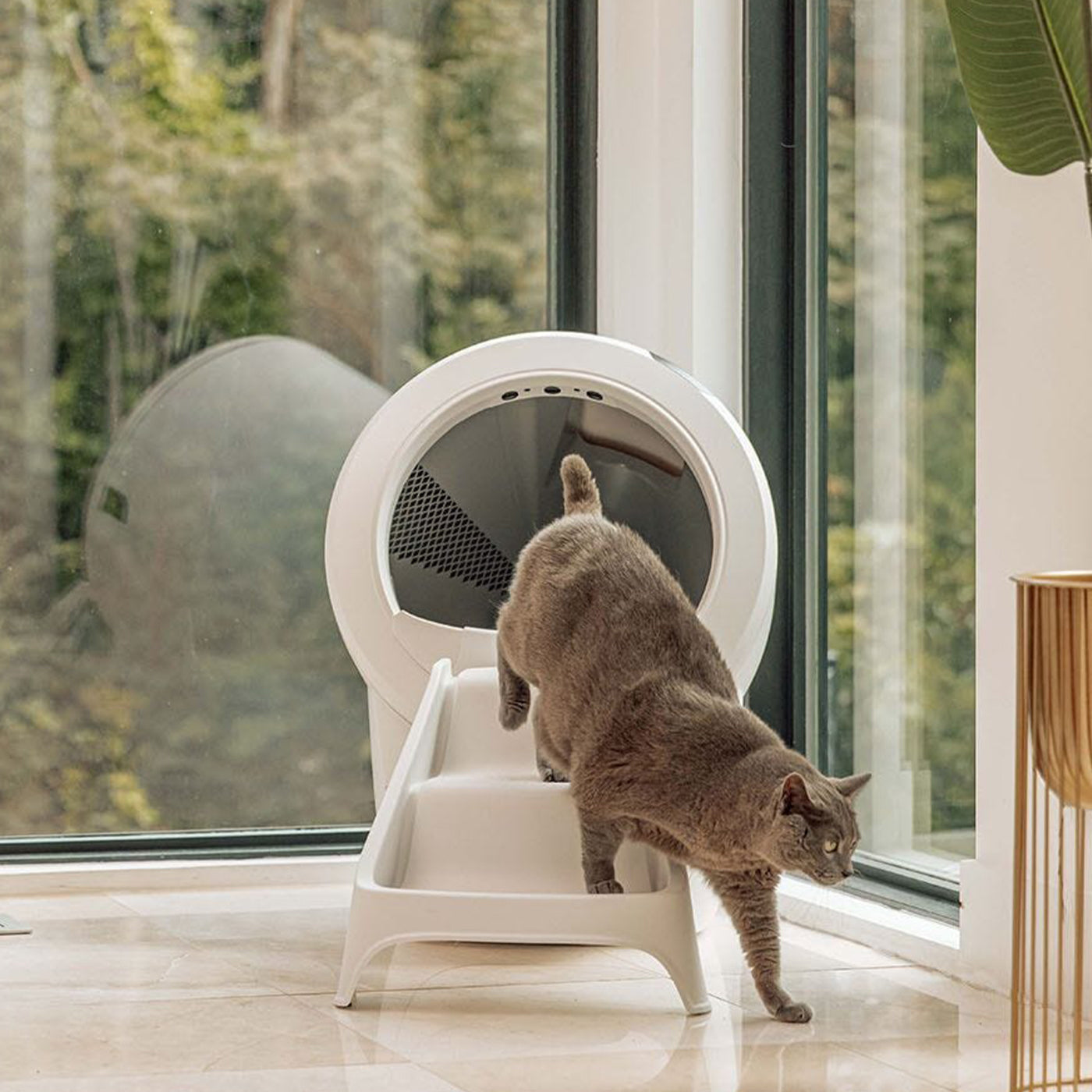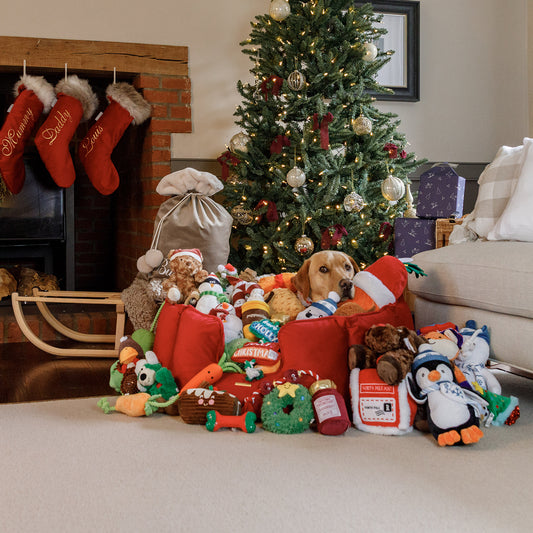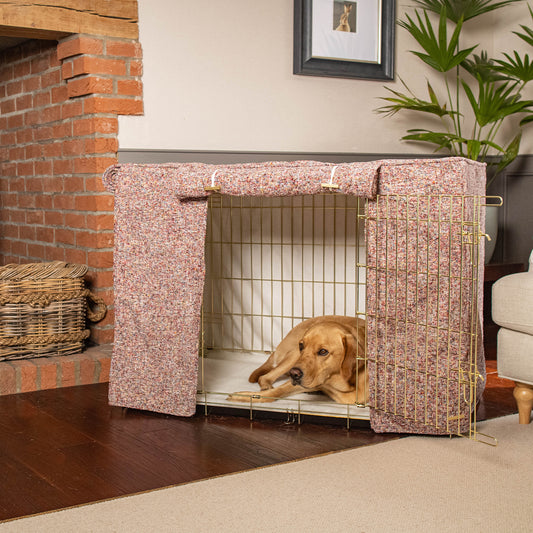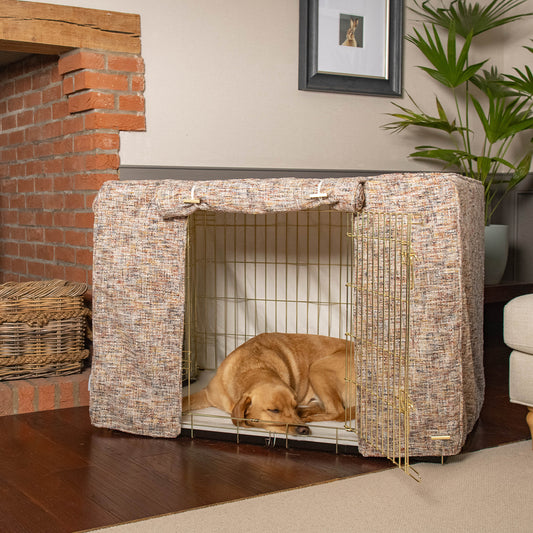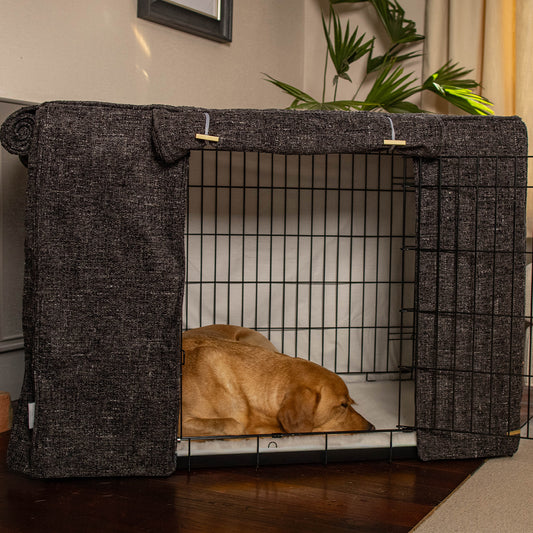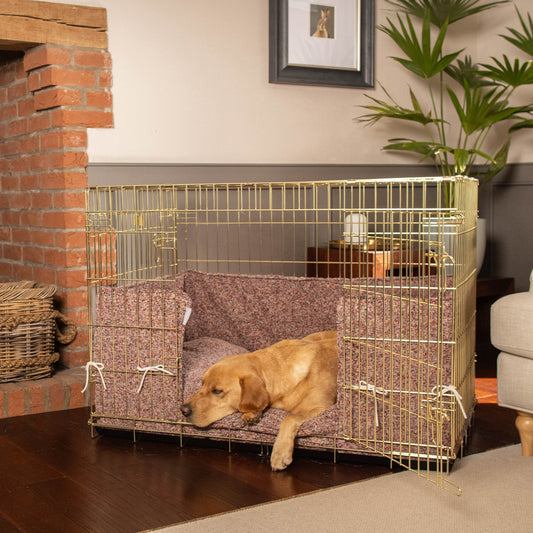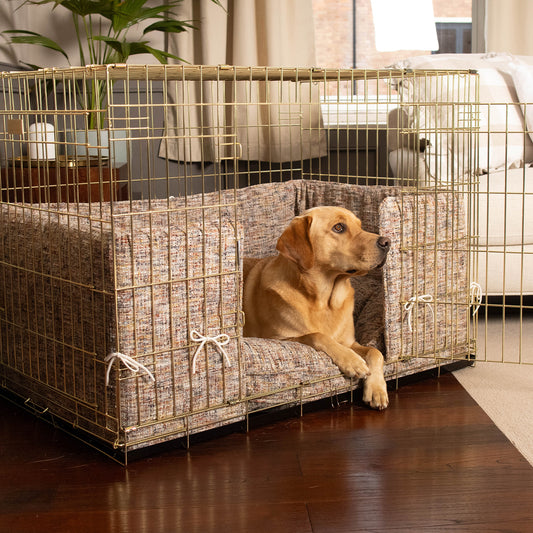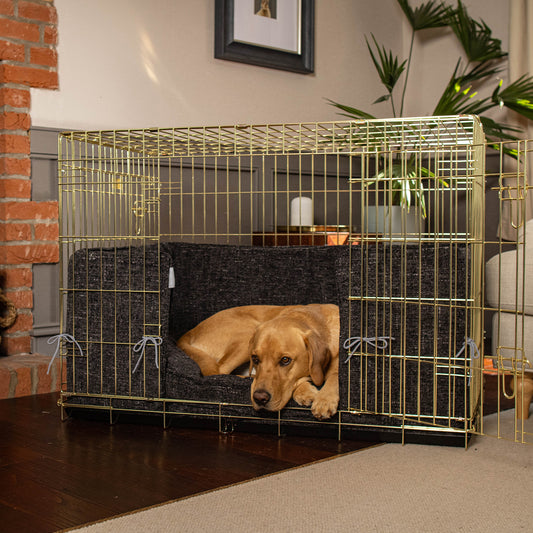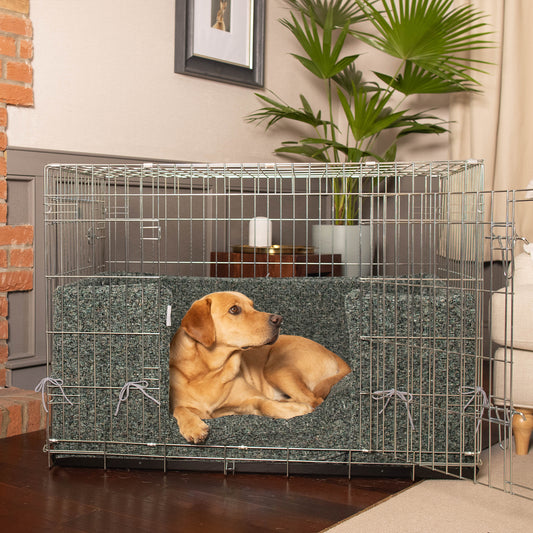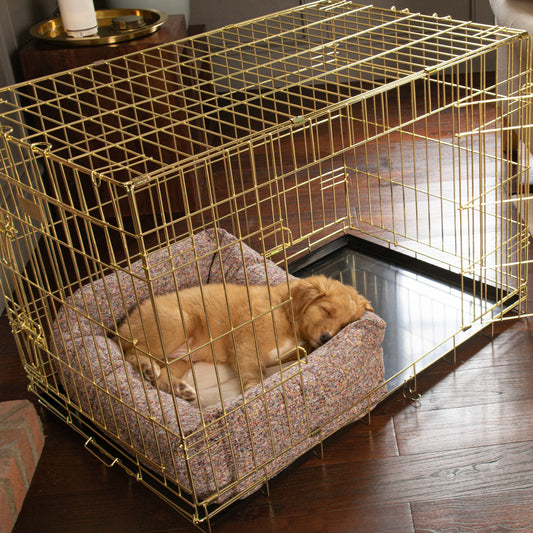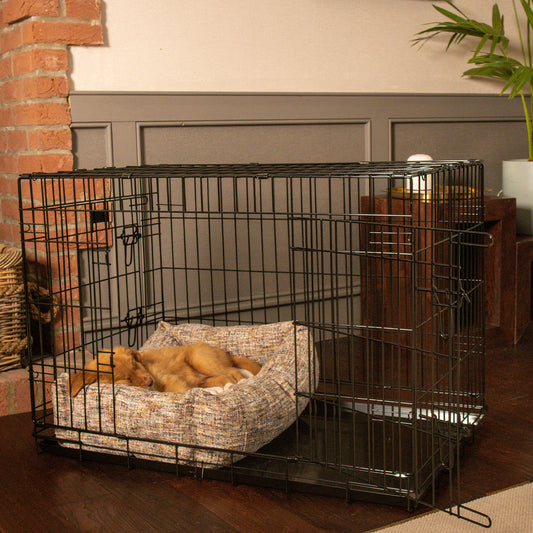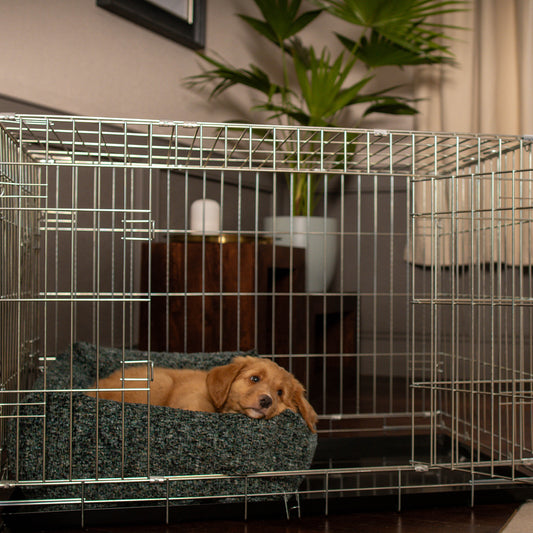Christmas is just around the corner and now’s the time to start thinking about preparing your house for all the festivities. Soon it will be time to put up the tree and hang the decorations. Cards will be arriving as will lots of friends and relatives helping you enjoy the festive season.
During this time, it can be easy to forget that your dog will need lots of treats and fuss too! In order to make sure your dog has a great time this Christmas we have 5 top tips for your to follow:
Make Sure Your Dog Has His Own Special Spot

All the strangers coming in, new things in the home and all the riot of Christmas day may make your dog overwhelmed. It's a good idea to have a quiet spot for your dog to relax in out of the way, somewhere cosy and safe where they can still be a part of things. Dog beds are the obvious choice, our high-wall beds are perfect for making your dog feel secure but also super cosy! Combined with a snug blanket they can cuddle up with, you'll have the perfect snuggly bed for your precious pooch.
An alternative is a dog crate with a cover. These are ideal all year round for your pet but are also extra useful for a place to hide and sleep at Christmas. Our crate sets come with a cover, bumper and cushion, making the ultimate luxury den for your dog. We have an extensive range of fabrics perfect for any style of home.
Provide Doggy Treats

While we may overindulge at this time of year, it’s healthier if your dog does not. It’s also tempting to give in and let them have a sweet treat or two but this can be very harmful to your pet. Small doses may only give them an upset stomach with sickness and diarrhoea but larger amounts can lead to seizures and heart attacks, so it’s best to give chocolate a wide berth. Cooked meat bones are also dangerous, causing choking and splintering.
It’s far safer to provide your dog with specially-prepared doggy treats. We have a range of Christmas treats so your dog can join in on the Christmas fun whilst still being safe, we particularly like the Good Boy treats with the Festive Roasties and Pigs in Blankets being a hit with our office dogs!
Decorate Gradually
Change can be really unsettling for dogs so decking your whole house out for Christmas at once may be overwhleming for them. By putting your decorations up gradually it gives them time to get used to them without getting overwhelmed
Make the House a Safe Environment
Christmas can also come with hidden dangers for your dog, below we've listed some of the key things to keep your dog away from this festive season.

Trees: Beware of Christmas tree needles which could stick in their throat if they try to chew them. If you have a real tree be careful that your dog doesn't drink the tree water as this can contain tree sap and germs which may make your dog ill.
Decorations: Christmas lights could be chewed which could cause electric shocks and make sure they stay away from any decoration, the bright colours may make them think they are toys! If your dog keeps going for the tree maybe try putting a gate round your tree to keep them away
Toys: Small children's toys can also be a choking hazard as can batteries which often get left around in the joy of unwrapping and could easily find their way into your dog’s stomach!
Plants: Typical Christmas plants such as poinsettia, holly and mistletoe are all toxic to pets and should be kept well out of their way.
Wrapping Paper: Before you get too carried away ripping the wrapping off your presents make sure to keep any wrapping out of your dogs way! If they swallow any it could cause intestinal damage so your best bet is to keep your dog out of the way whilst unwrapping those all-important presents.
Treat your dog too!
There's no need for your dog to miss out on all the fun, we've carfully curated our Christmas collection with plenty of festive toys and treats for your dog to get stuck into. Some new toys will help to keep them busy whilst you're entertaining your guests on Christmas day!
Christmas is a great holiday for everyone and as long as you keep an eye out for your dog too, he’s sure to have a fabulous festive time!
























































